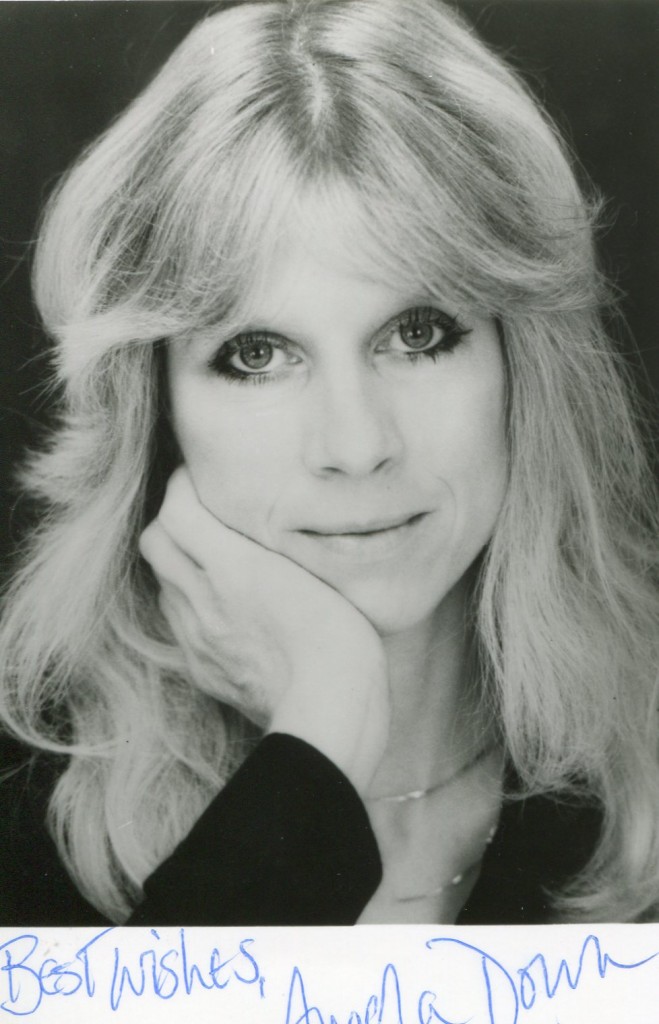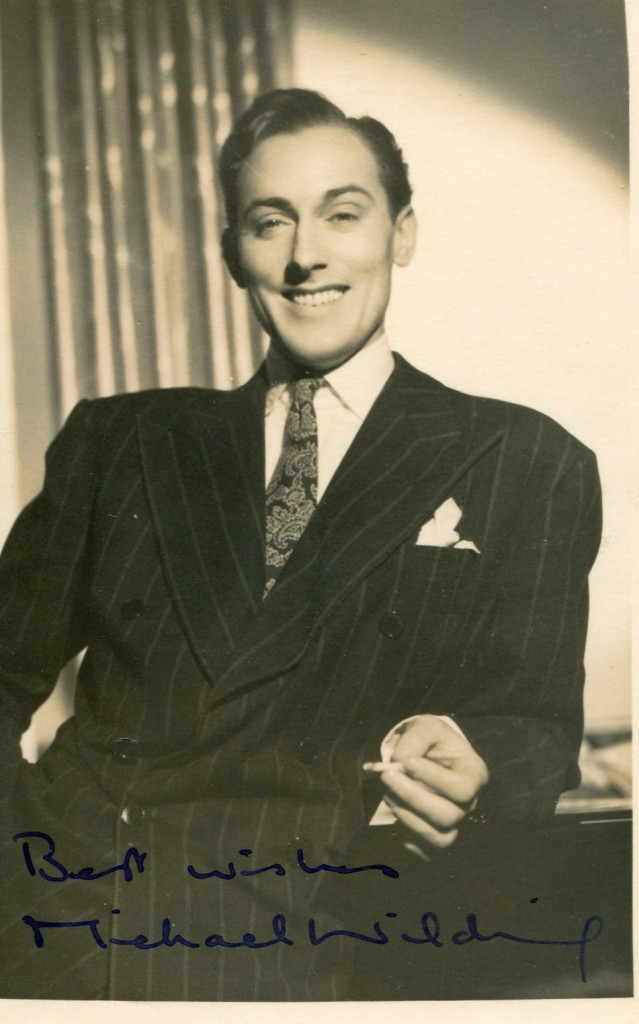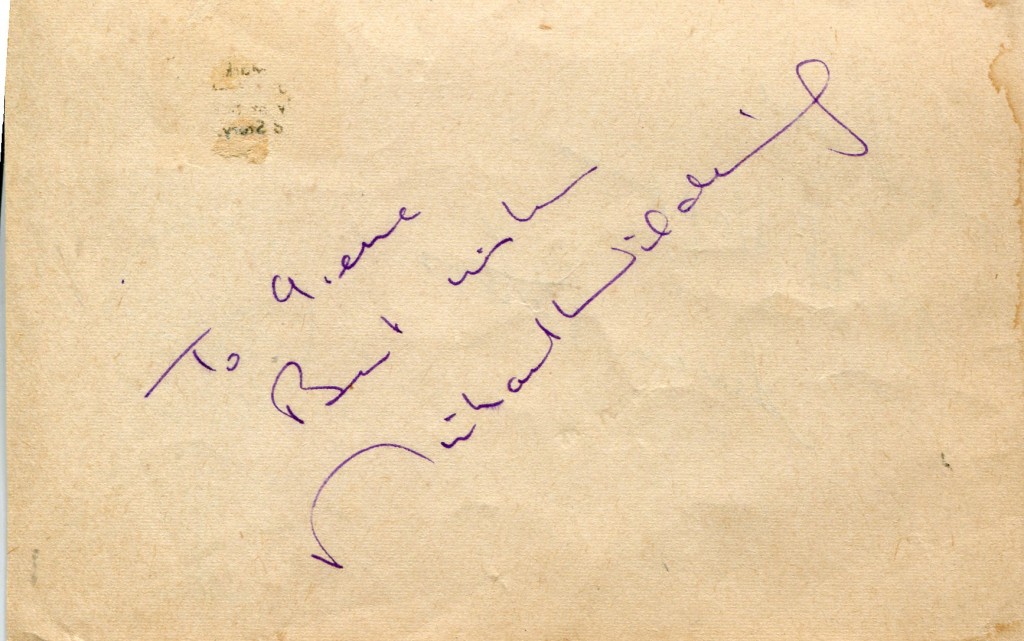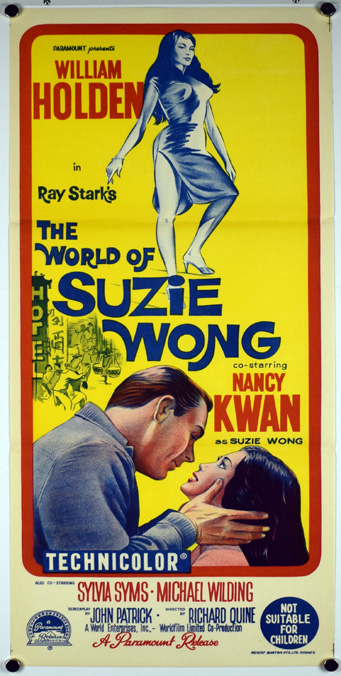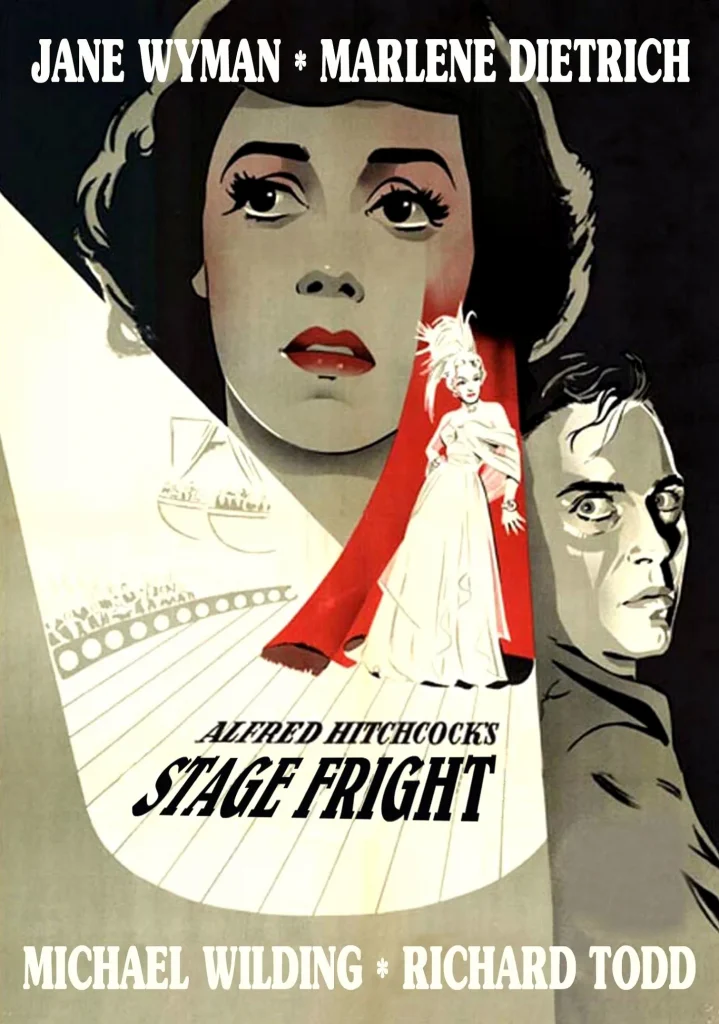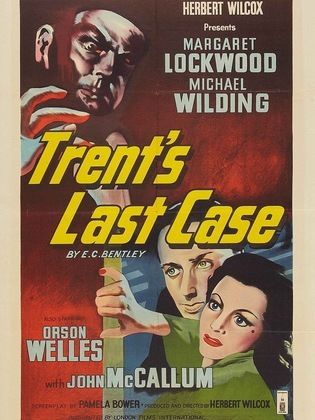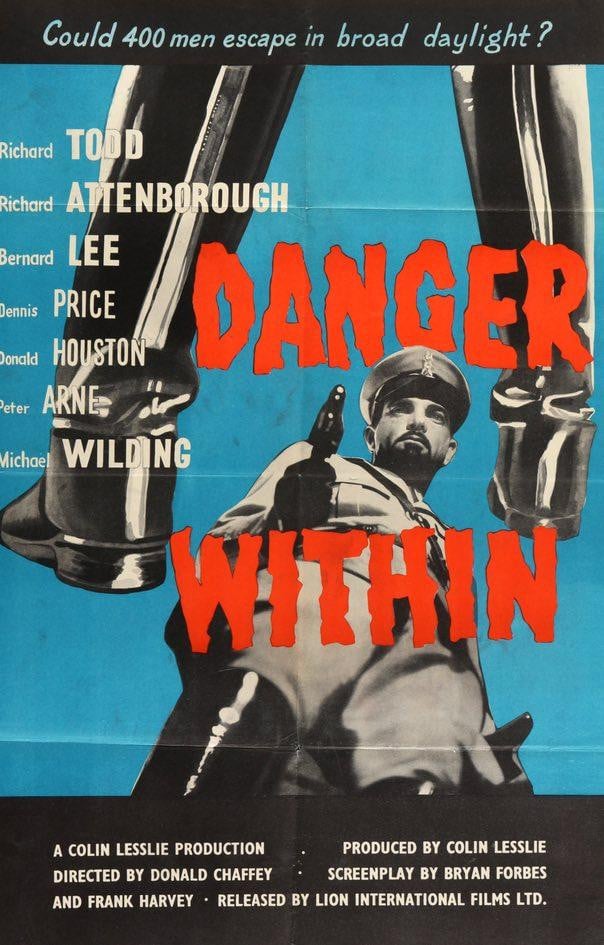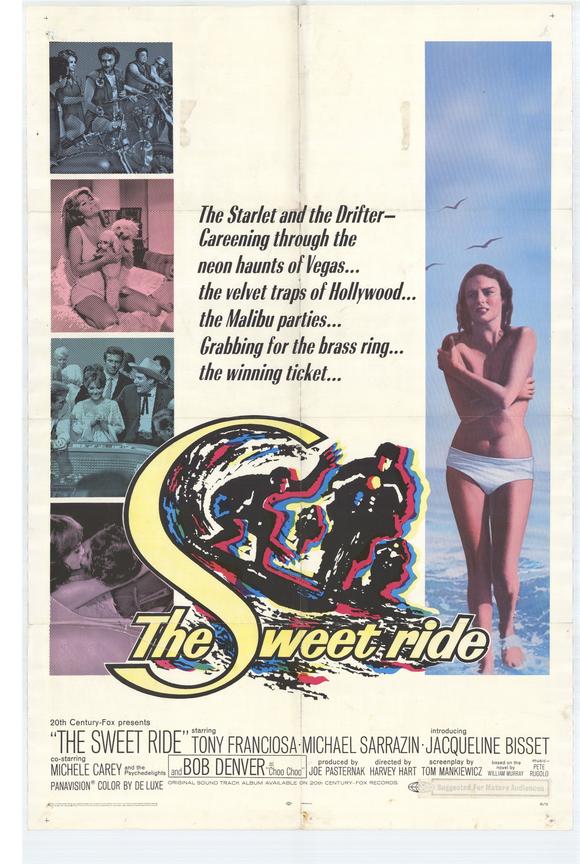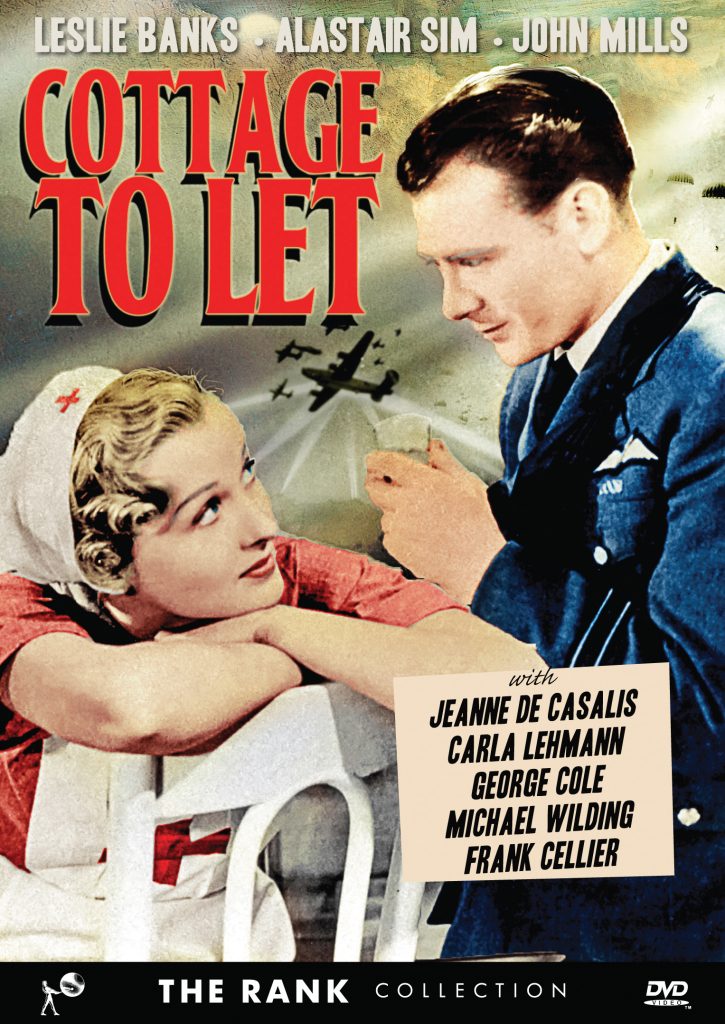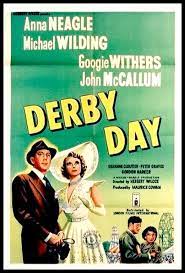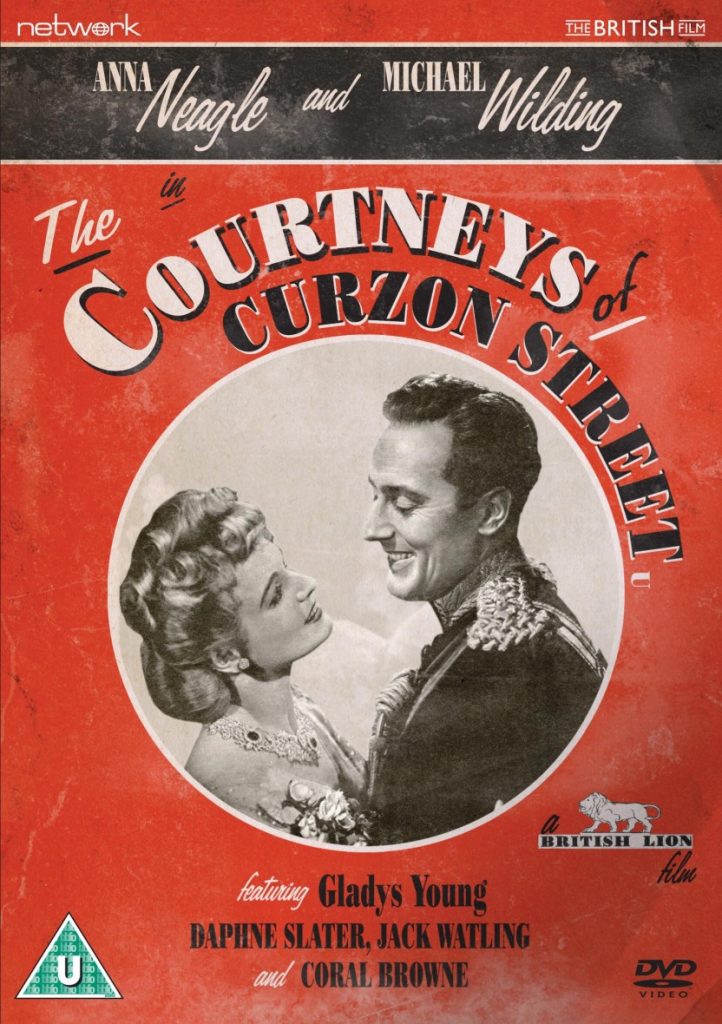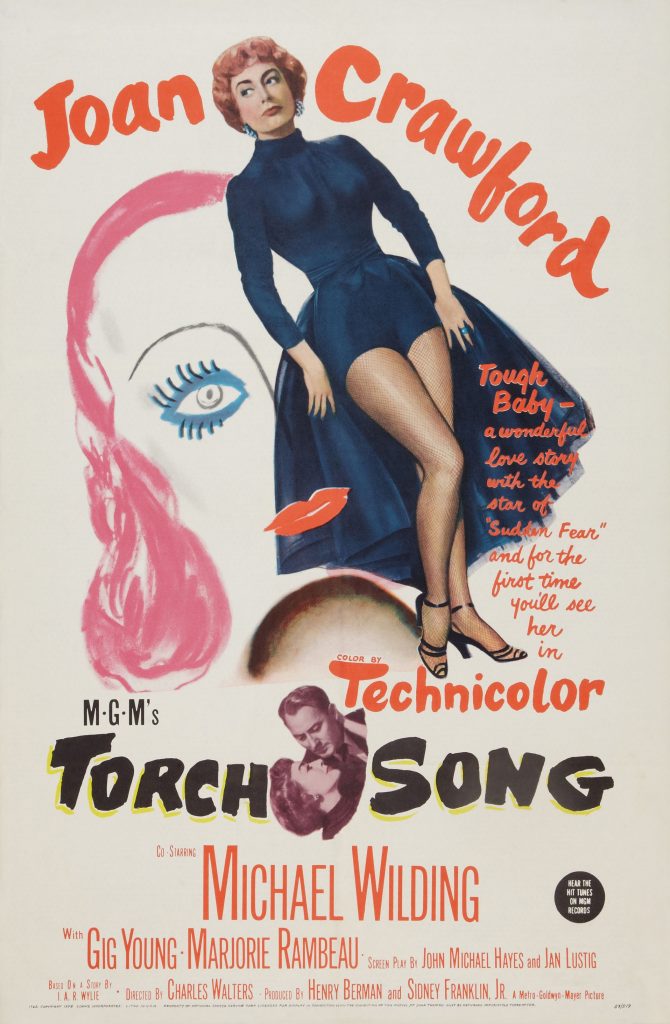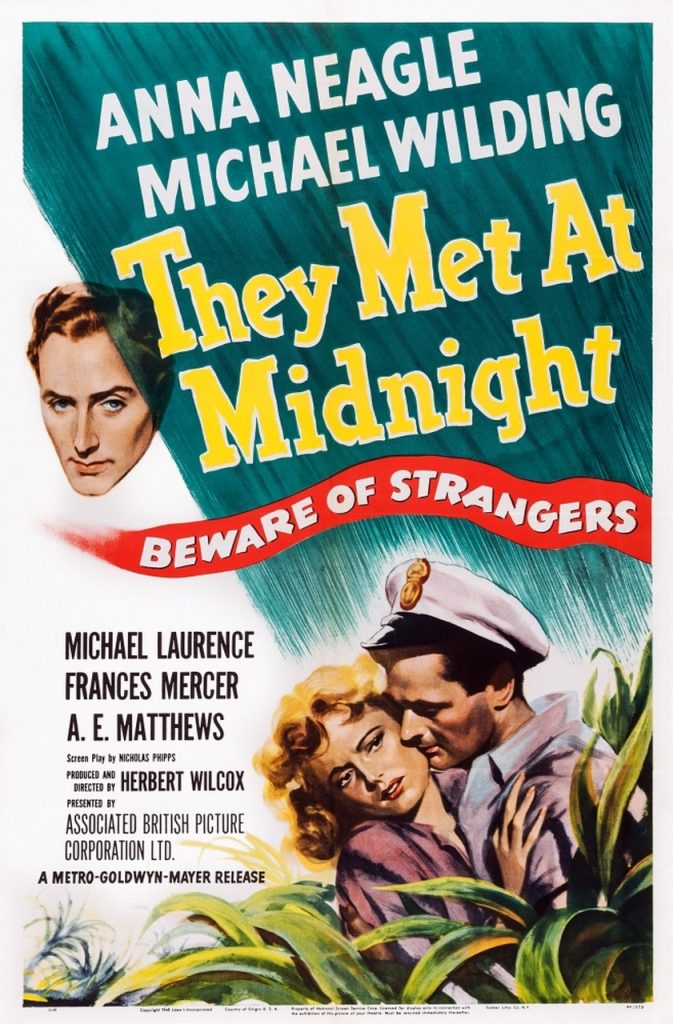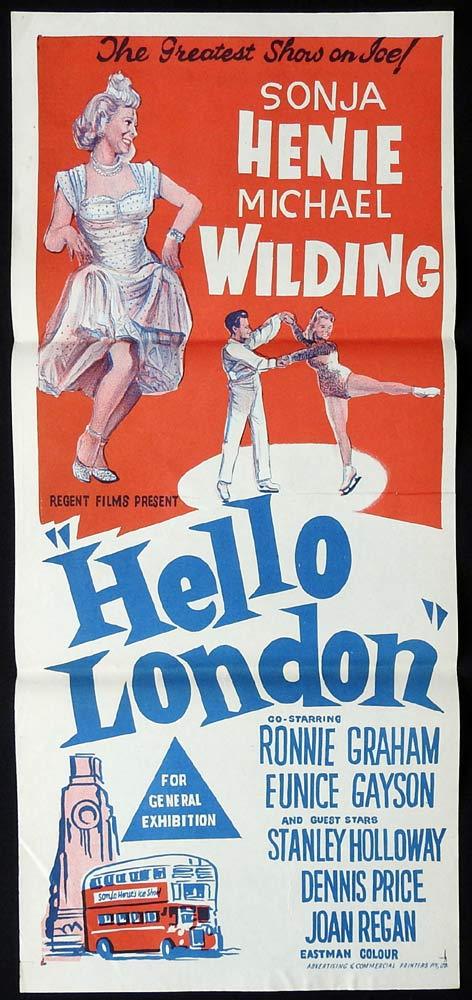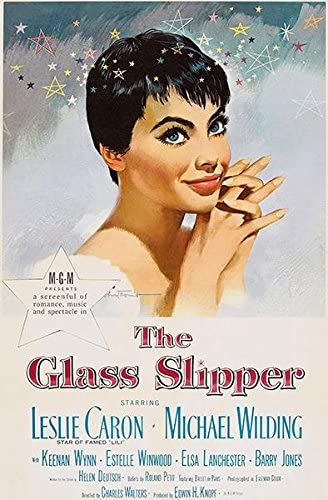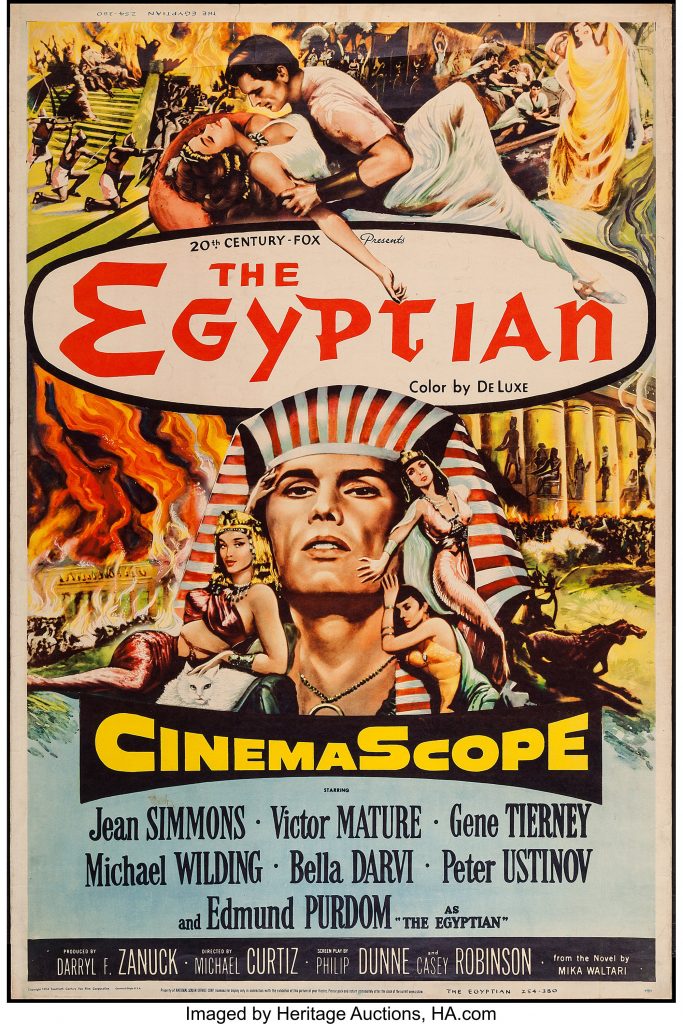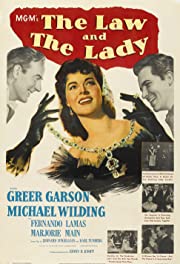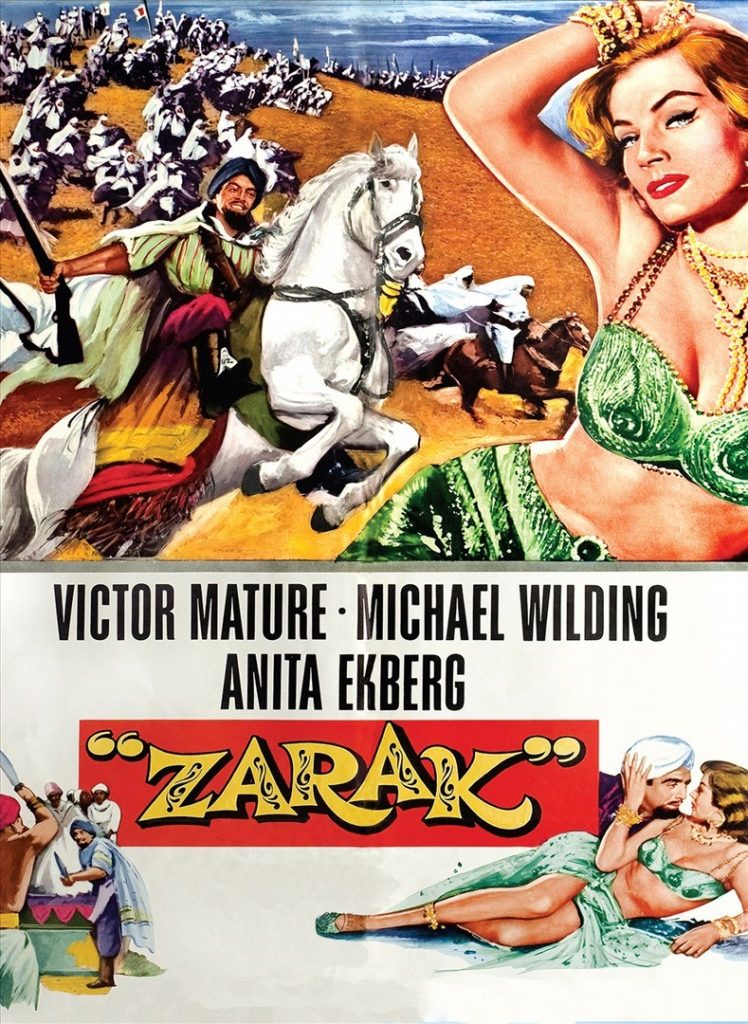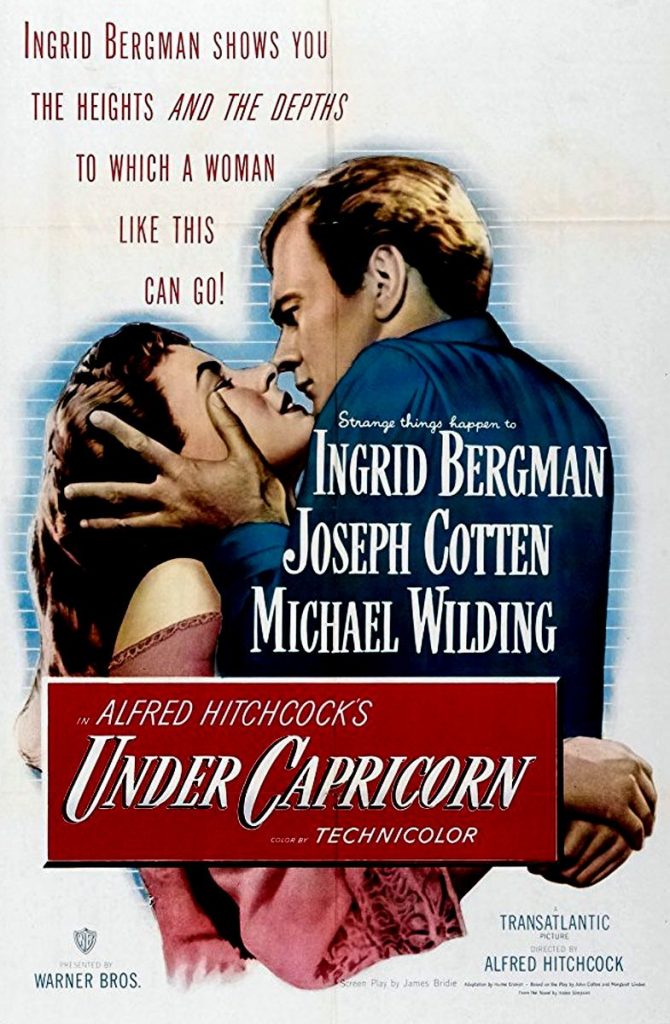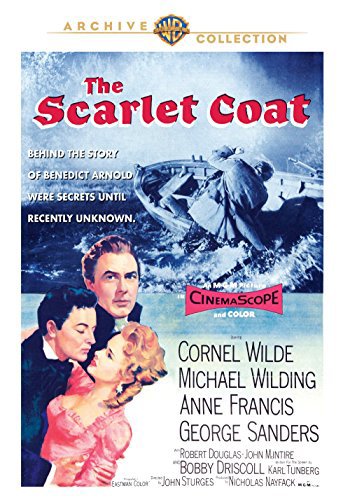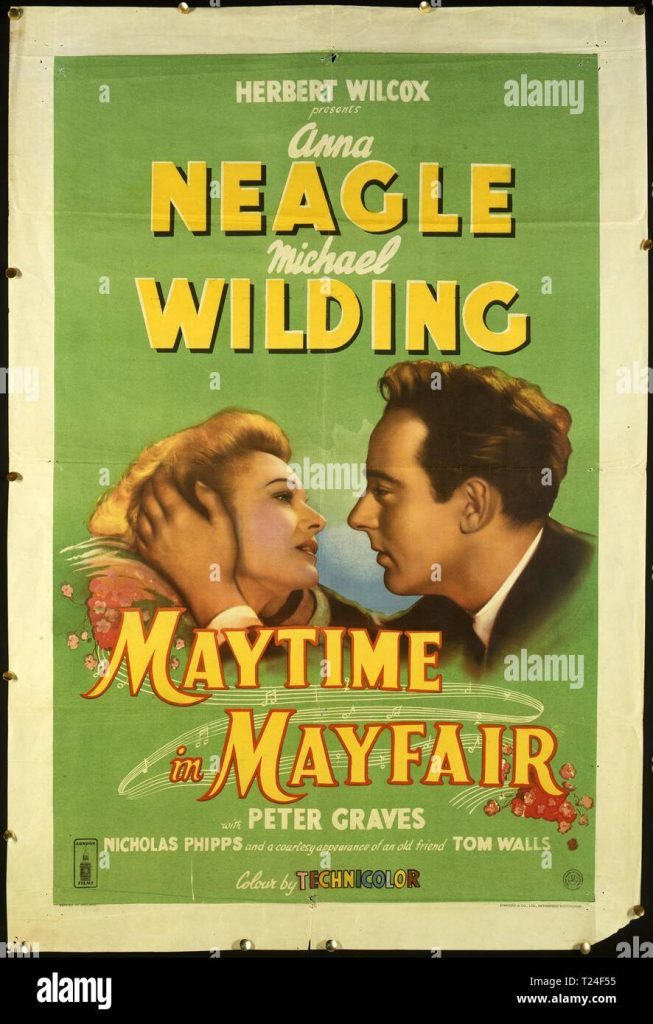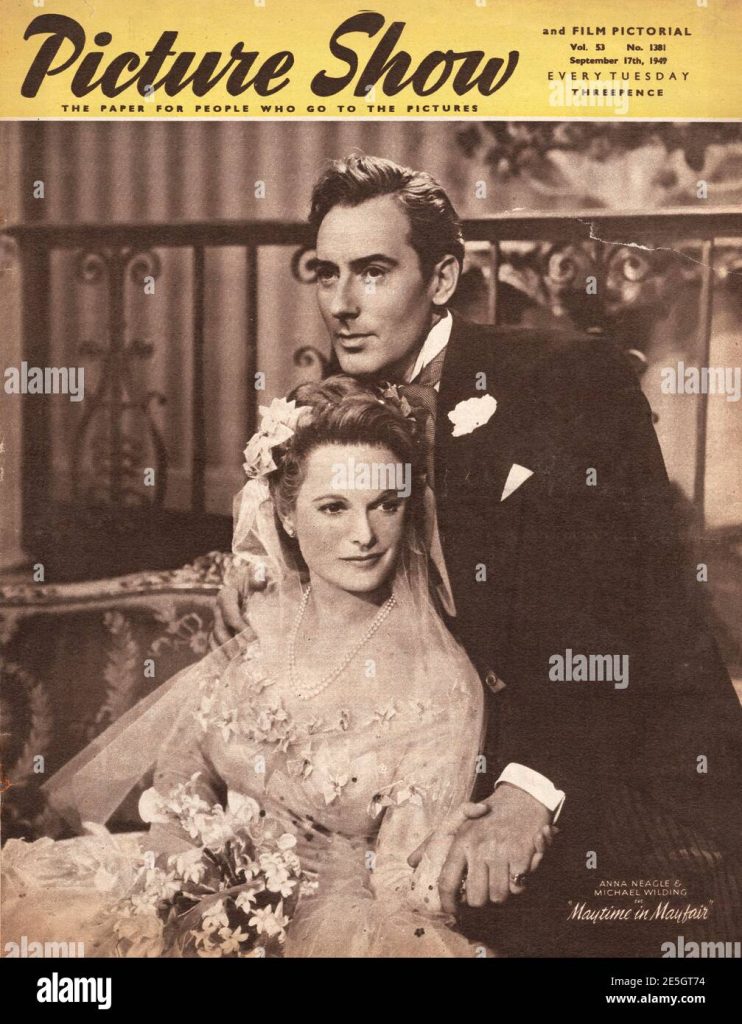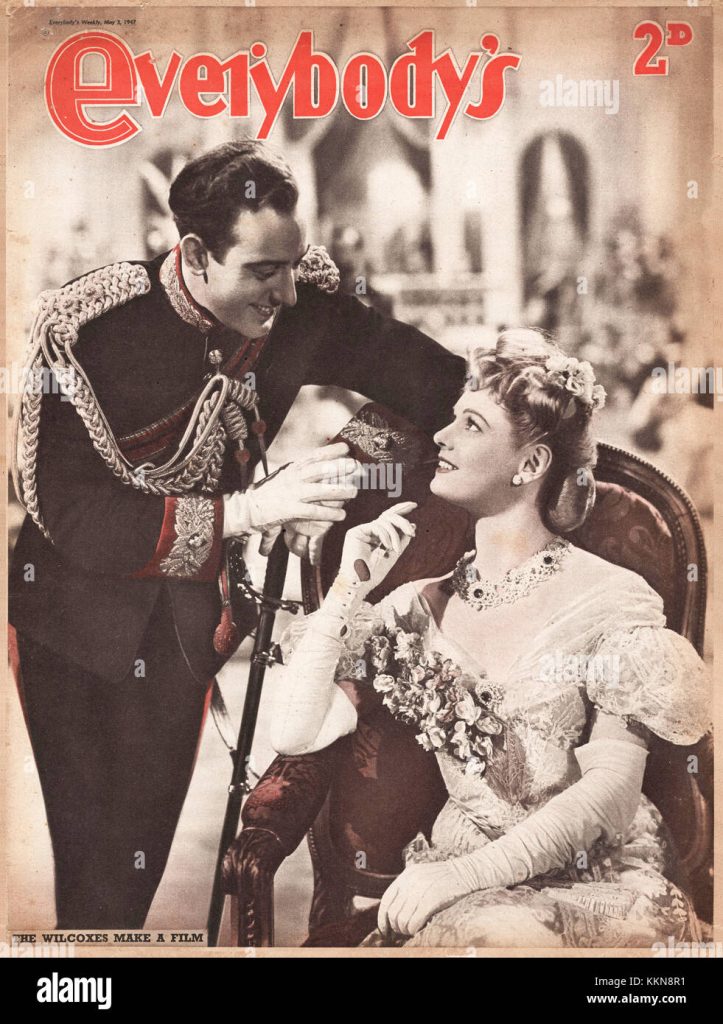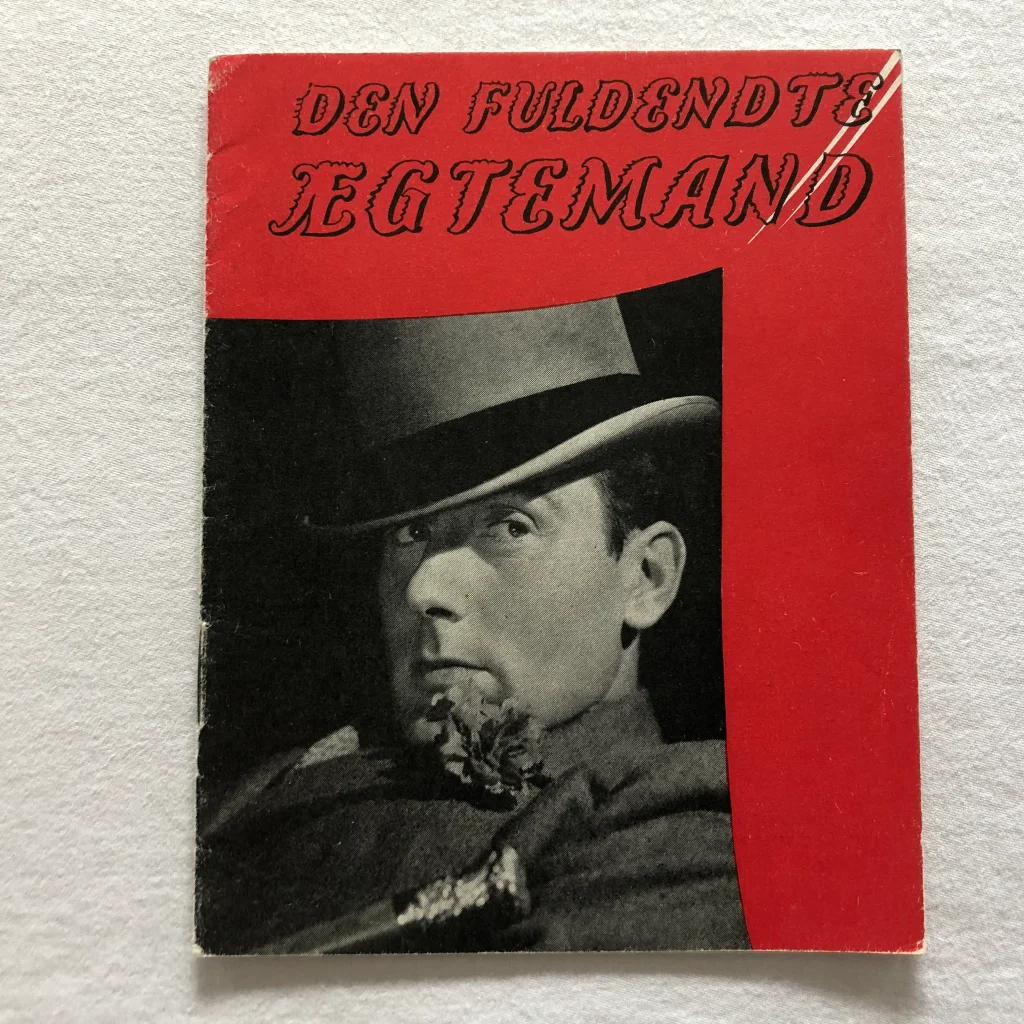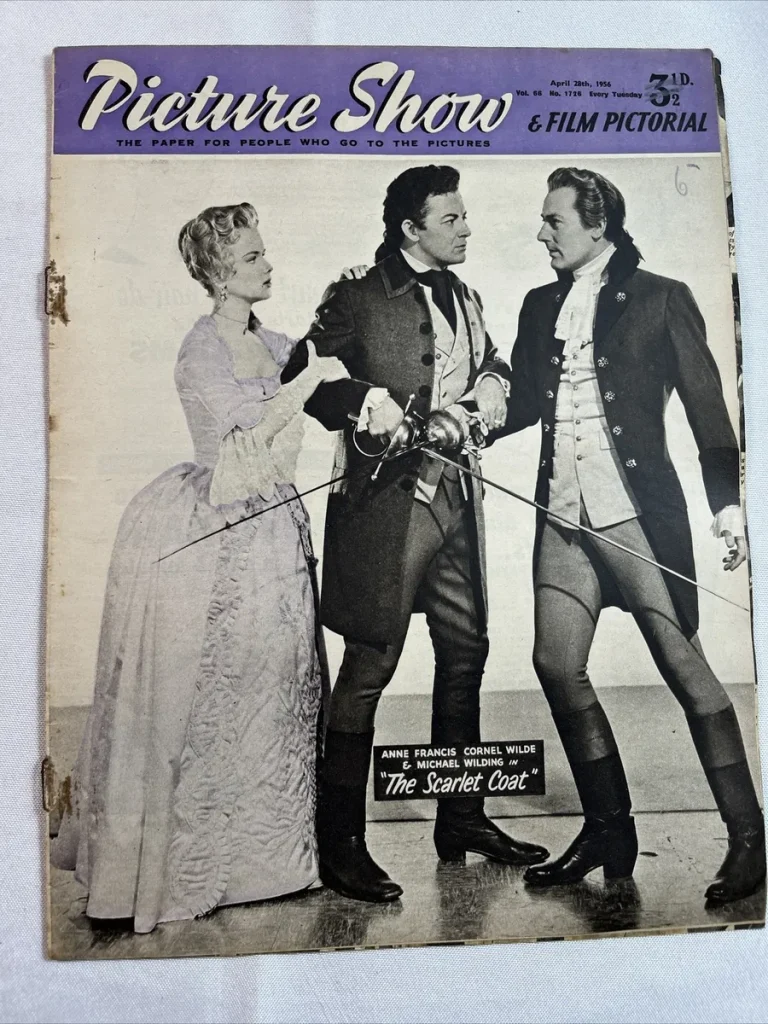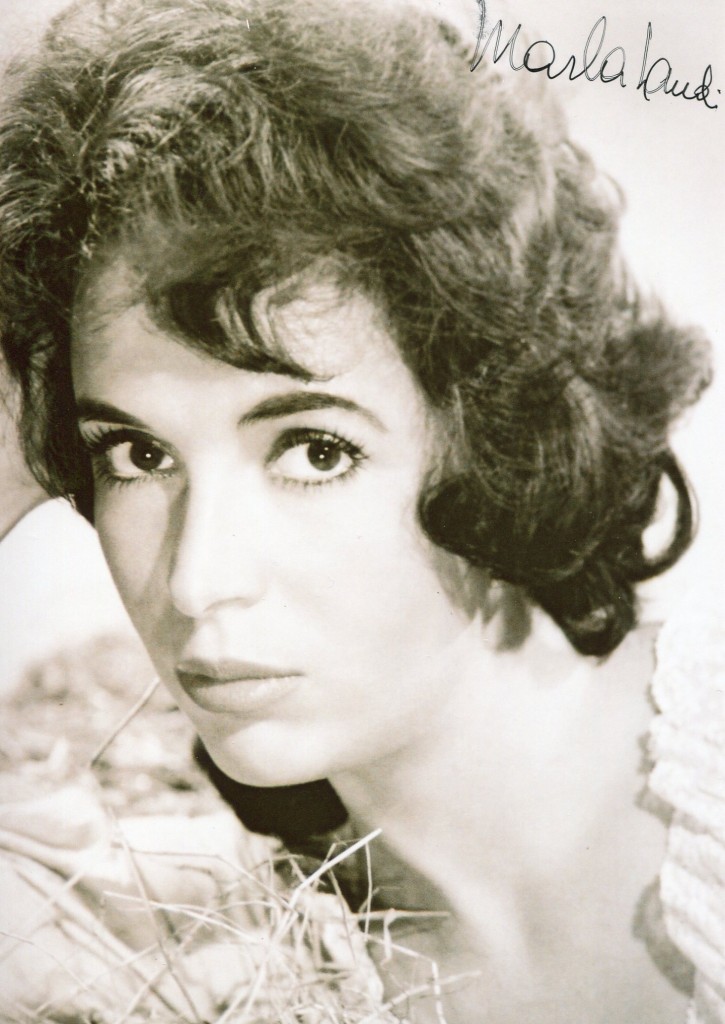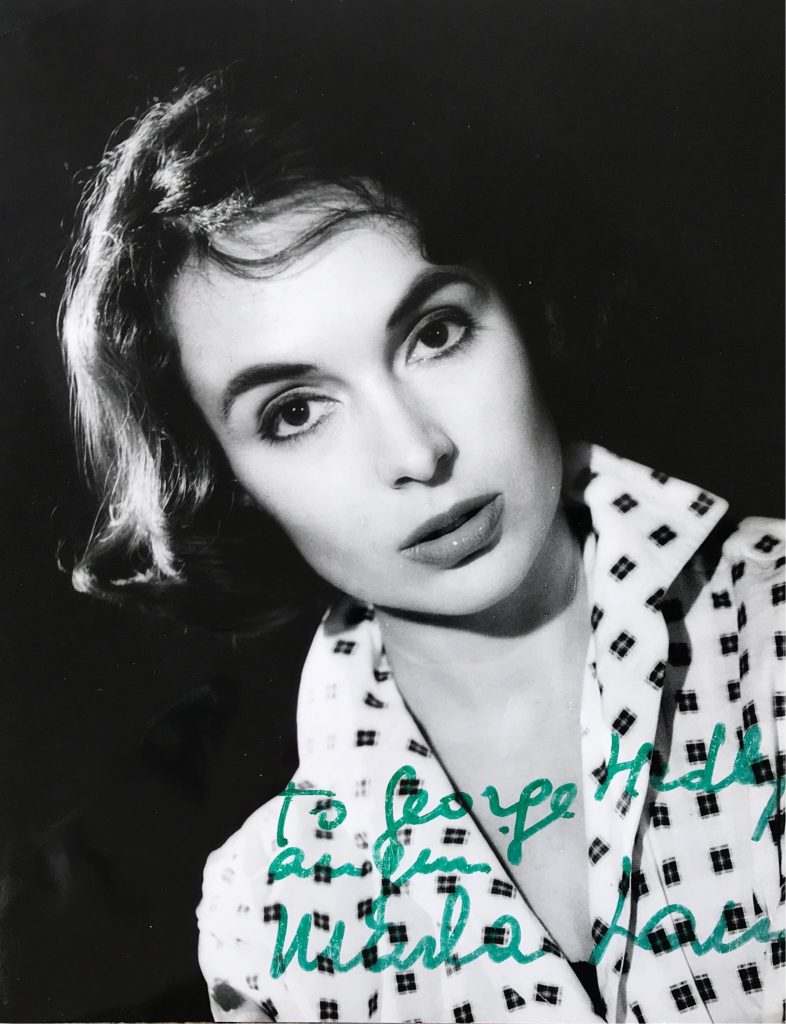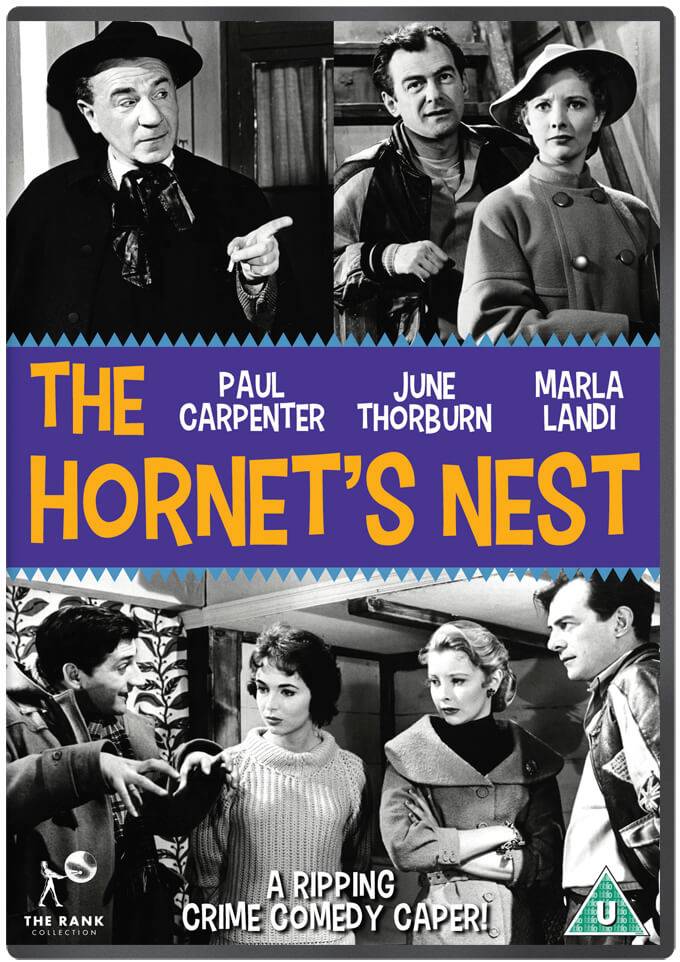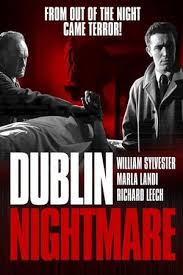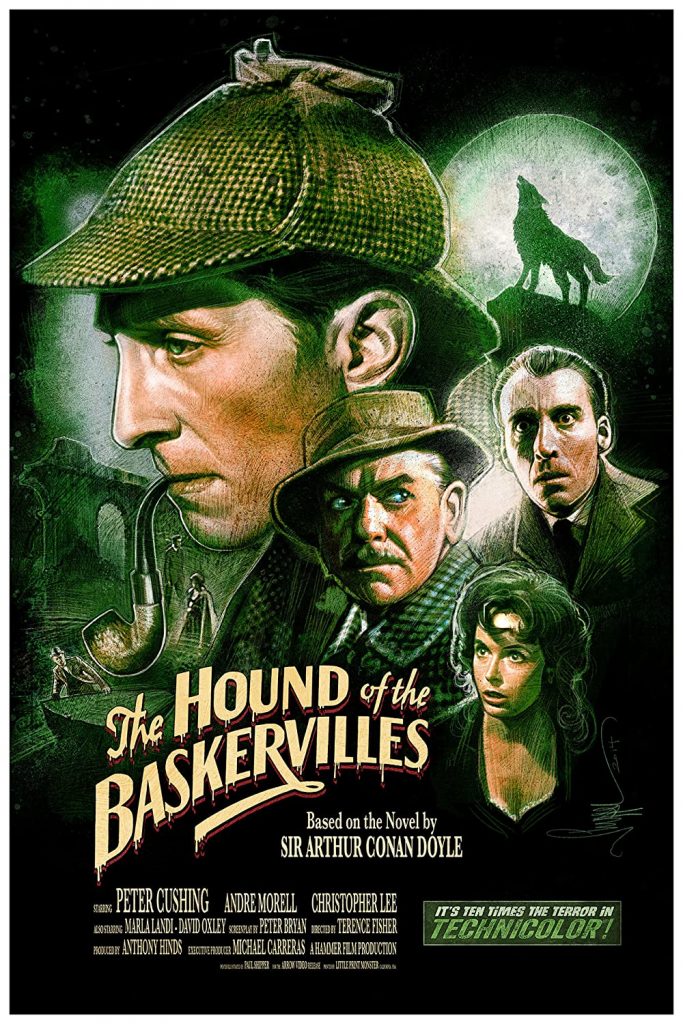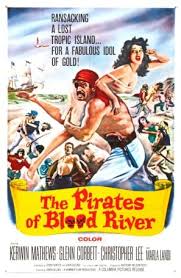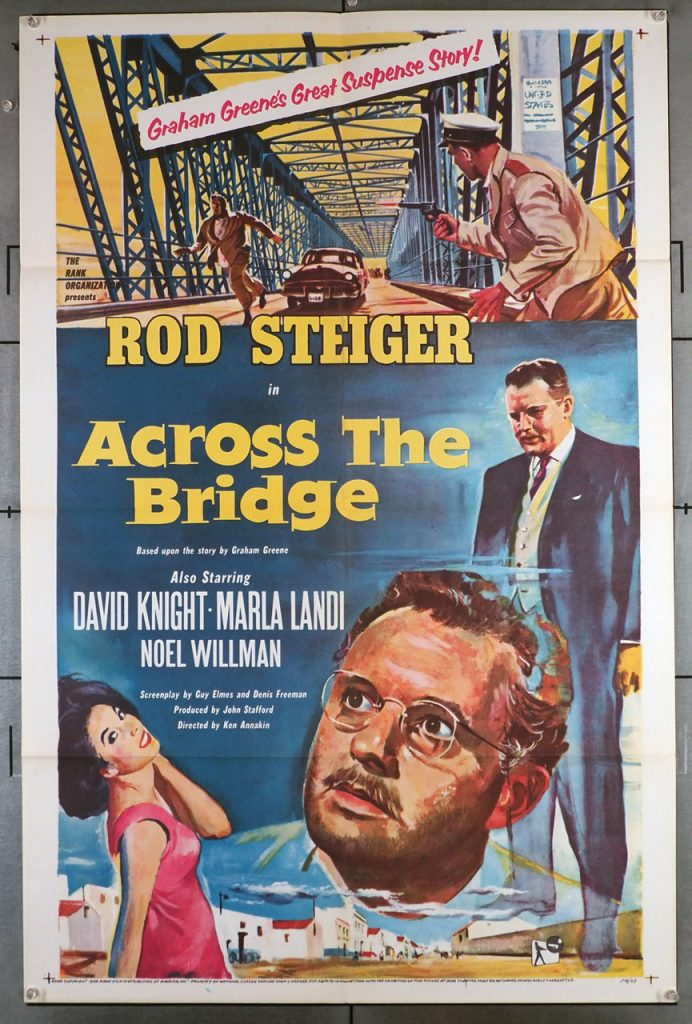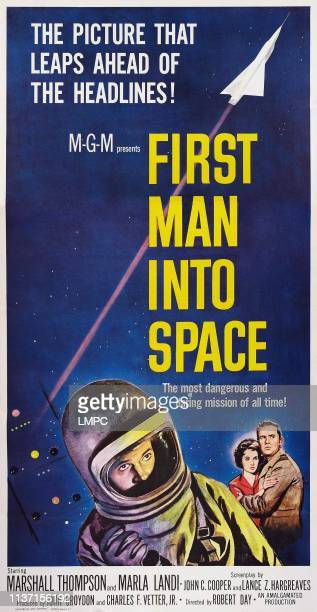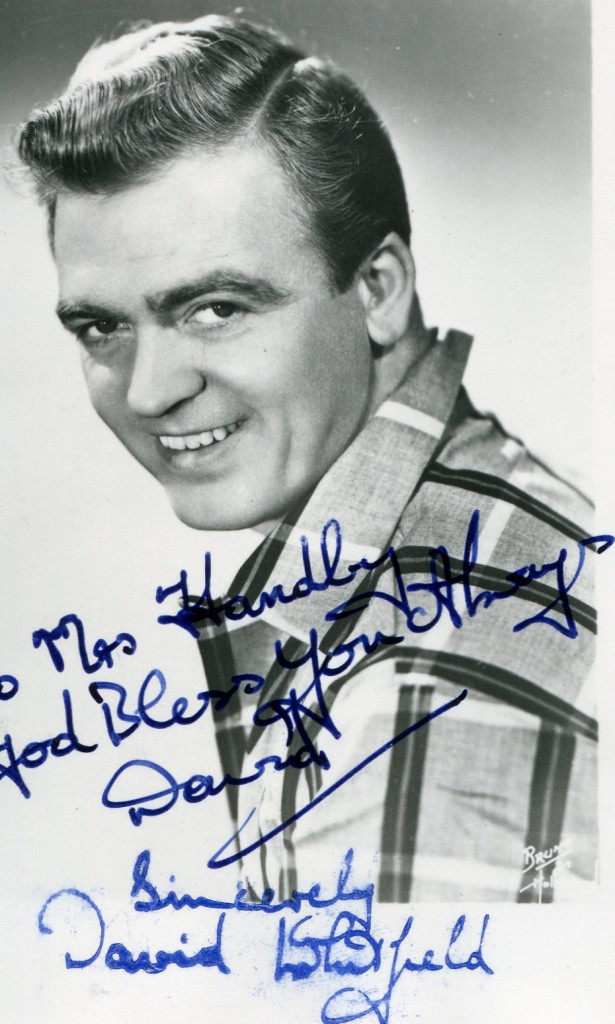
David Whitfield was born in 1925 in Kingston on Hull in Yorkshire. He had many popular Top Ten hits in Britain in the 1950’s per the rock’n’roll era. Among his most famous songs are “Cara Mia”, “Answer Me” and “Marta”. He made only one film “Sea Wife” which starred Richard Burton and Joan Collins. He was featured in may episodes of the television series “William Tell”. He died in 1980 aged 54 in Sydney, Australia.
Artist Biography by Sharon Mawer in “All Music”:
David Whitfield was born on the 2nd of February 1925 in Kingston Upon Hull and as a child, became a choir boy in St. Peter’s Church and began a lifelong love of singing which made him Britain’s most successful solo male star of the chart’s early years 1953-1956 until the advent of Rock n Roll. He joined the Royal Navy at the age of 17 and served in the Far East as well as being part of the D Day landings in France in 1944. During his days in the Navy, he would entertain shipmates and also at base hospitals. Returning to civilian life after the war, he began working in the concrete business until a break came as he appeared on the talent show Opportunity Knocks on Radio Luxembourg. The host of the show, Hughie Green got him a booking at the Washington Hotel in the West End of London where a talent scout from Decca records heard him singing and signed him to the label. His first couple of releases were not successful, but the third song, a recording of Bridge Of Sighs finally broke him into the top 10 (the chart was only a top 12 at that time) and the next release, Answer Me went all the way to no.1 despite a partial ban by the BBC for the song’s religious connotations. It had to share the top position with Frankie Laine’s version of the same song and after further top 10 hits, Rags To Riches and The Book (another religious song), he delivered the big one, an absolute cracker of a tenor ballad called Cara Mia backed by Mantovani & His Orchestra which spend 10 weeks at no.1 during July and August 1954 and was the record that earned him a golden disc for one million sales. Cara Mia was also a hit in the US and Whitfield was invited to appear on the Ed Sullivan Show as well as being one of the stars of the 1954 Royal Command Performance alongside Bob Hope, Frankie Howerd, Guy Mitchell, Norman Wisdom, Max Bygraves, Frankie Laine and Howard Keel. Many more hits followed throughout the 1950s but Rock n Roll was destroying the career of many singers who appeared old fashioned and part of the establishment. His final hit was a re-issue of one his earlier songs I Believe in 1960 but that only reached no.49. He recorded I’ll Find You, the song that was used as the theme to the film Sea Wife and continued touring throughout the 1960s and 1970s. His only album chart entry was the Decca compilation World Of David Whitfield which hit no.19 on the separate mid price charts which ran in the UK during the early 1970s. While on tour in Australia in 1980, he suffered a brain haemorrhage and died on the 16th January. His ashes were flown back to the UK where they were carried out to sea, south of Spurn Point near his birthplace of Hull. Over 50 years on, he is still one of only six artists to have spent 10 or more consecutive weeks at no.1 on the singles charts.
The above article can also be accessed online here.























